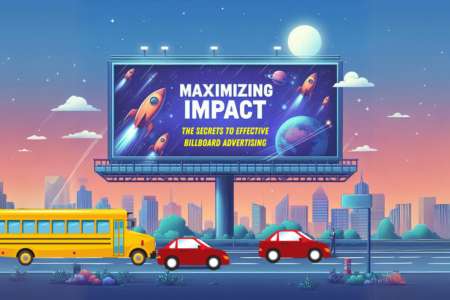Introduction
Offset printing, also known as lithography, is a widely used printing technique that involves transferring ink from a plate to a rubber blanket and then onto the printing surface. It has been a popular choice for various printing applications, including newspapers, magazines, brochures, packaging materials, and more. Offset printing offers several benefits and has both positive and negative environmental impacts. Let’s explore them in detail:
Benefits of Offset Printing:
- High-quality printing: Offset printing provides excellent print quality with sharp and vibrant images, consistent colors, and fine details. It can reproduce intricate designs, gradients, and various shades effectively, making it suitable for high-resolution printing.
- Cost-effective for large volumes: Offset printing is cost-effective for large print runs. Once the initial setup is done, the per-unit cost decreases significantly. This makes it an ideal choice for bulk printing jobs where large quantities are required.
- Versatility: Offset printing supports a wide range of printing materials such as paper, cardboard, plastics, metal, and more. It can accommodate various sizes and thicknesses, offering flexibility in terms of the materials that can be used for printing.
- Compatibility with special inks: Offset printing can utilize specialized inks such as metallic inks, fluorescent inks, and Pantone spot colors. This allows for unique printing effects and color variations, enhancing the visual appeal of the printed material.
Environmental Impact of Offset Printing:
- Resource consumption: Offset printing typically requires large quantities of materials like paper and ink. The production of paper involves deforestation and energy-intensive processes, while ink production requires petroleum-based chemicals. These factors contribute to the depletion of natural resources.
- Energy consumption: The offset printing process involves multiple steps, including plate preparation, ink mixing, and the operation of printing presses. These steps consume significant amounts of energy, primarily electricity, which often comes from non-renewable sources, leading to carbon emissions and environmental pollution.
- Waste generation: Offset printing generates waste in the form of unused paper, misprints, and ink residues. Proper disposal or recycling of these materials is necessary to mitigate the environmental impact. However, if not managed appropriately, these waste materials can contribute to pollution and landfill accumulation.
- Chemical usage: Offset printing utilizes various chemicals such as solvents, cleaning agents, and fountain solutions. Improper handling or disposal of these chemicals can lead to water and soil pollution, affecting ecosystems and human health.
Minimizing the Environmental Impact:
- Sustainable materials: Opt for eco-friendly paper options, such as recycled or FSC-certified paper, which ensures responsible sourcing. Additionally, choose vegetable-based or soy-based inks that have lower VOC (volatile organic compound) content compared to traditional petroleum-based inks.
- Efficient production planning: Proper estimation of print quantities can minimize overproduction and reduce waste. Effective production planning and management can optimize resource usage and reduce energy consumption.
- Recycling and waste management: Implement recycling programs for paper waste and encourage the recycling of printing plates, ink cartridges, and other consumables. Proper disposal of chemicals and hazardous materials is essential to prevent environmental contamination.
- Energy-efficient equipment: Invest in modern printing equipment that incorporates energy-saving technologies. Energy-efficient printing presses and equipment can help reduce electricity consumption and lower the environmental impact.
It’s important to note that while offset printing has environmental challenges, advancements are being made to improve its sustainability. Industry practices, technological innovations, and responsible printing choices can help mitigate the negative environmental effects associated with offset printing.










